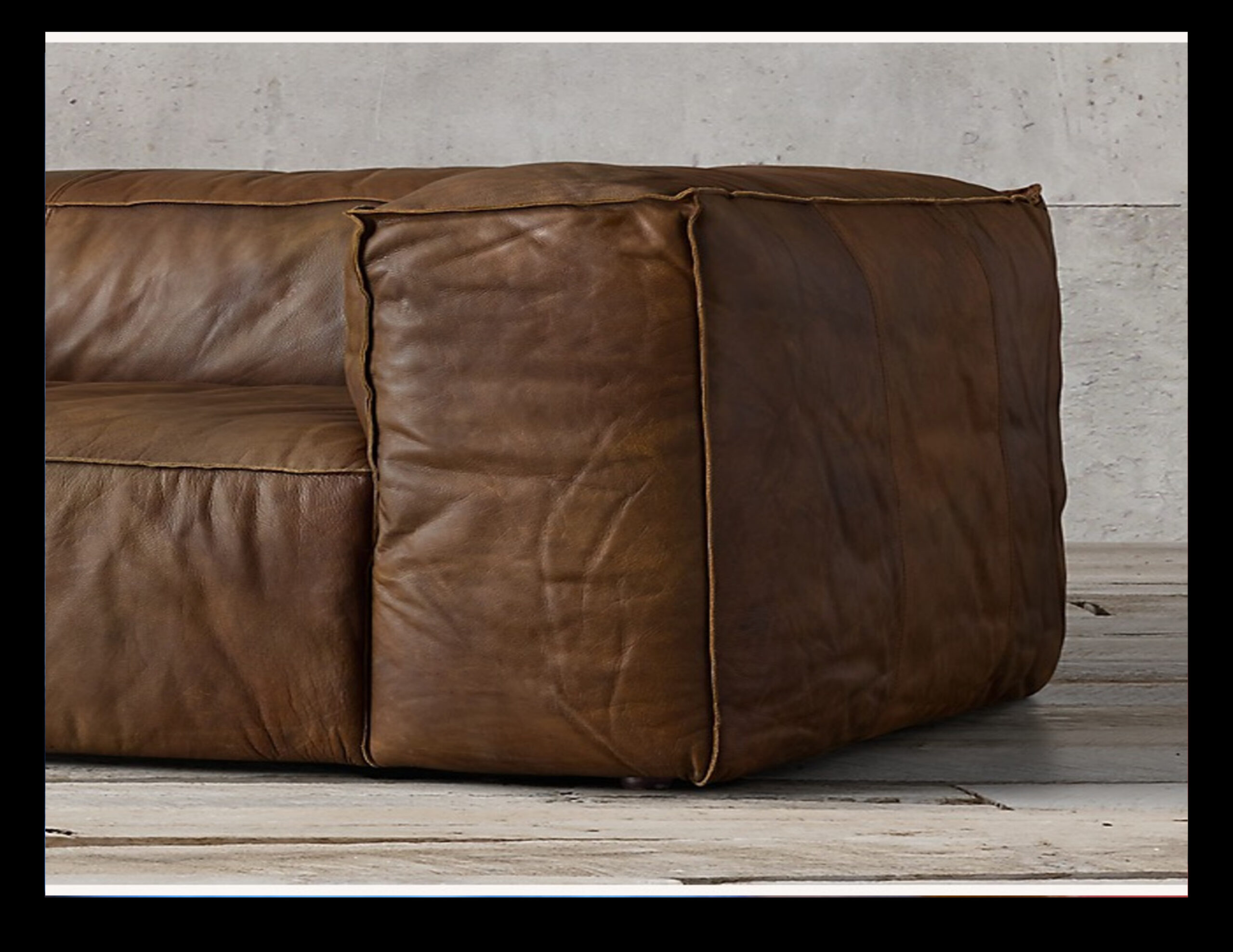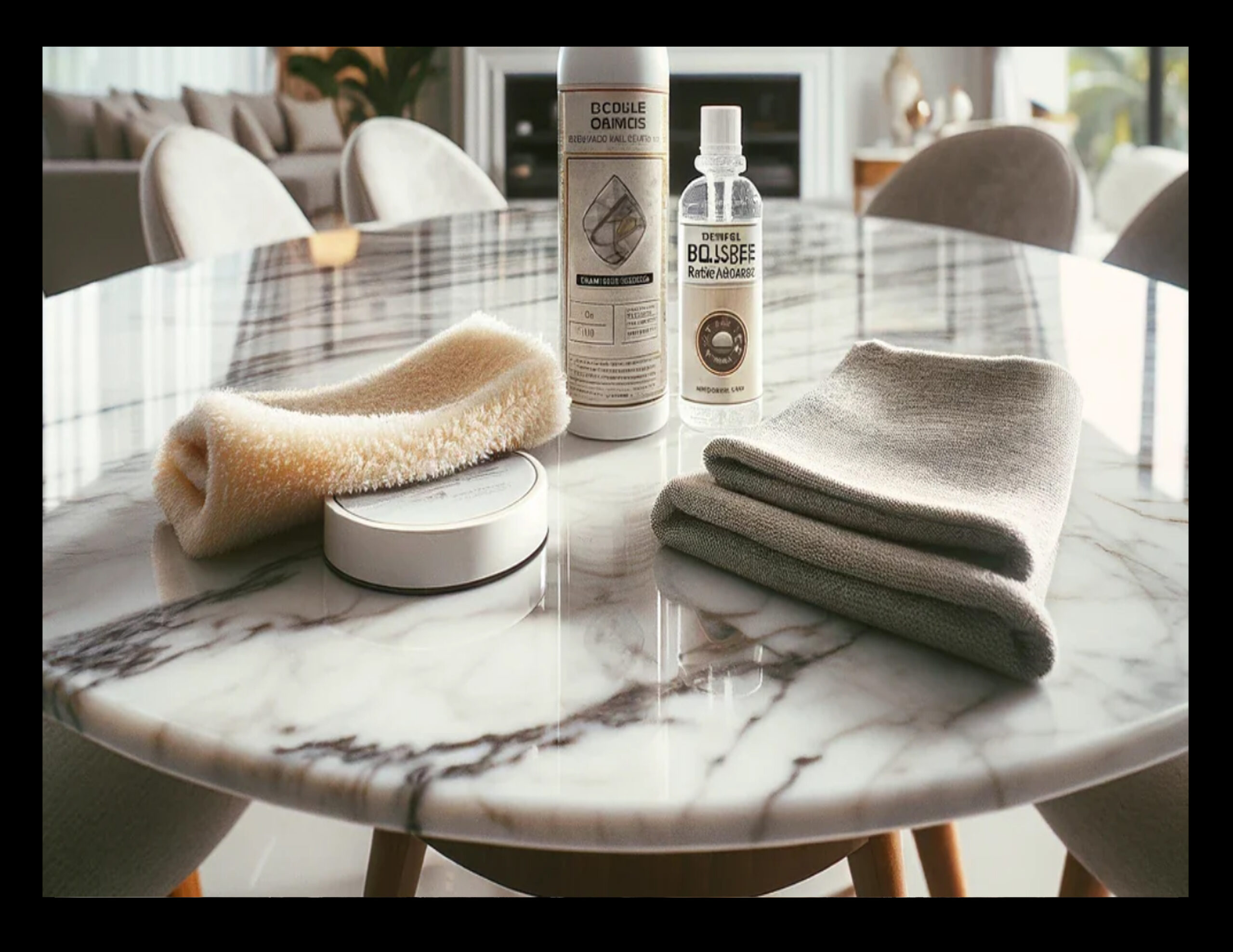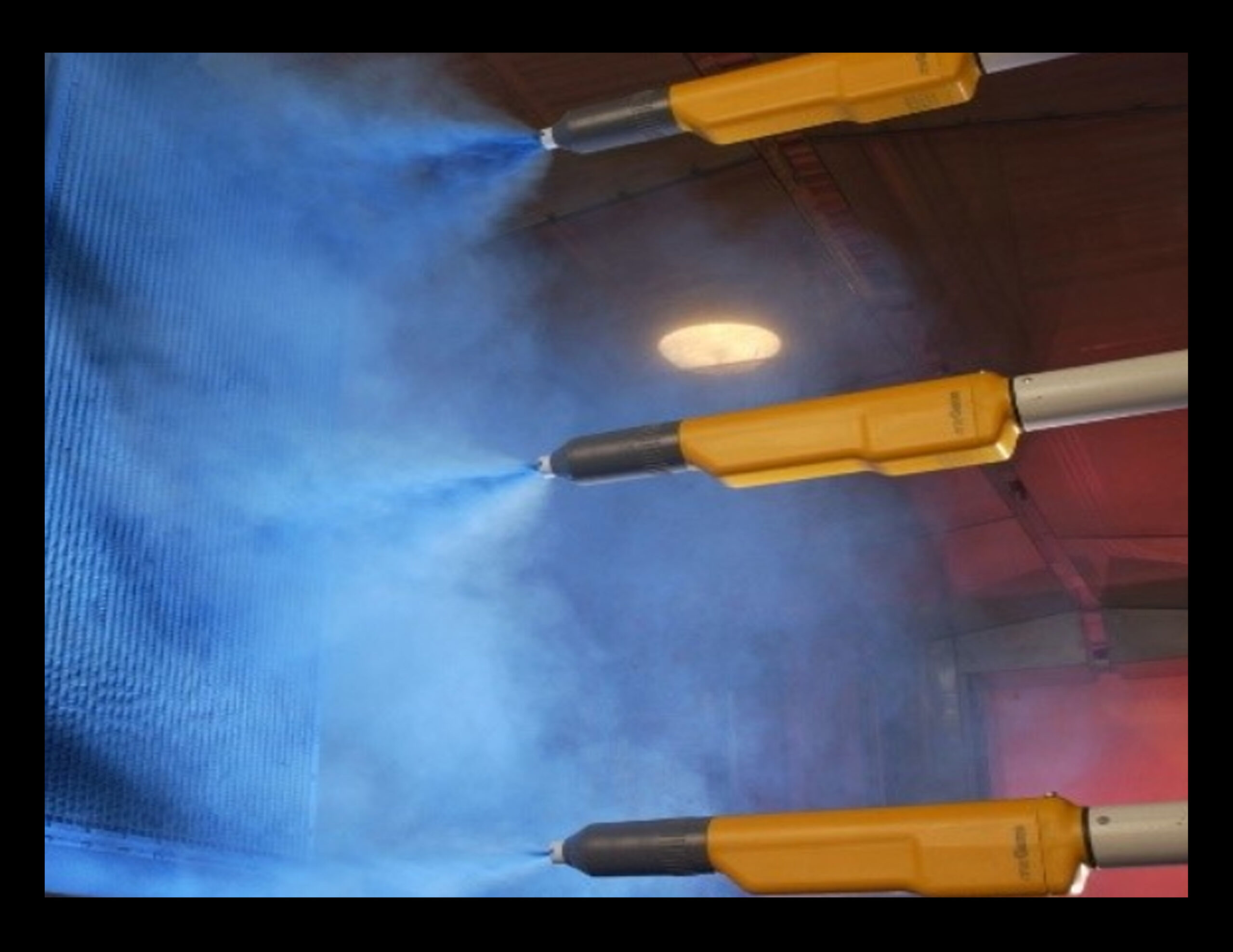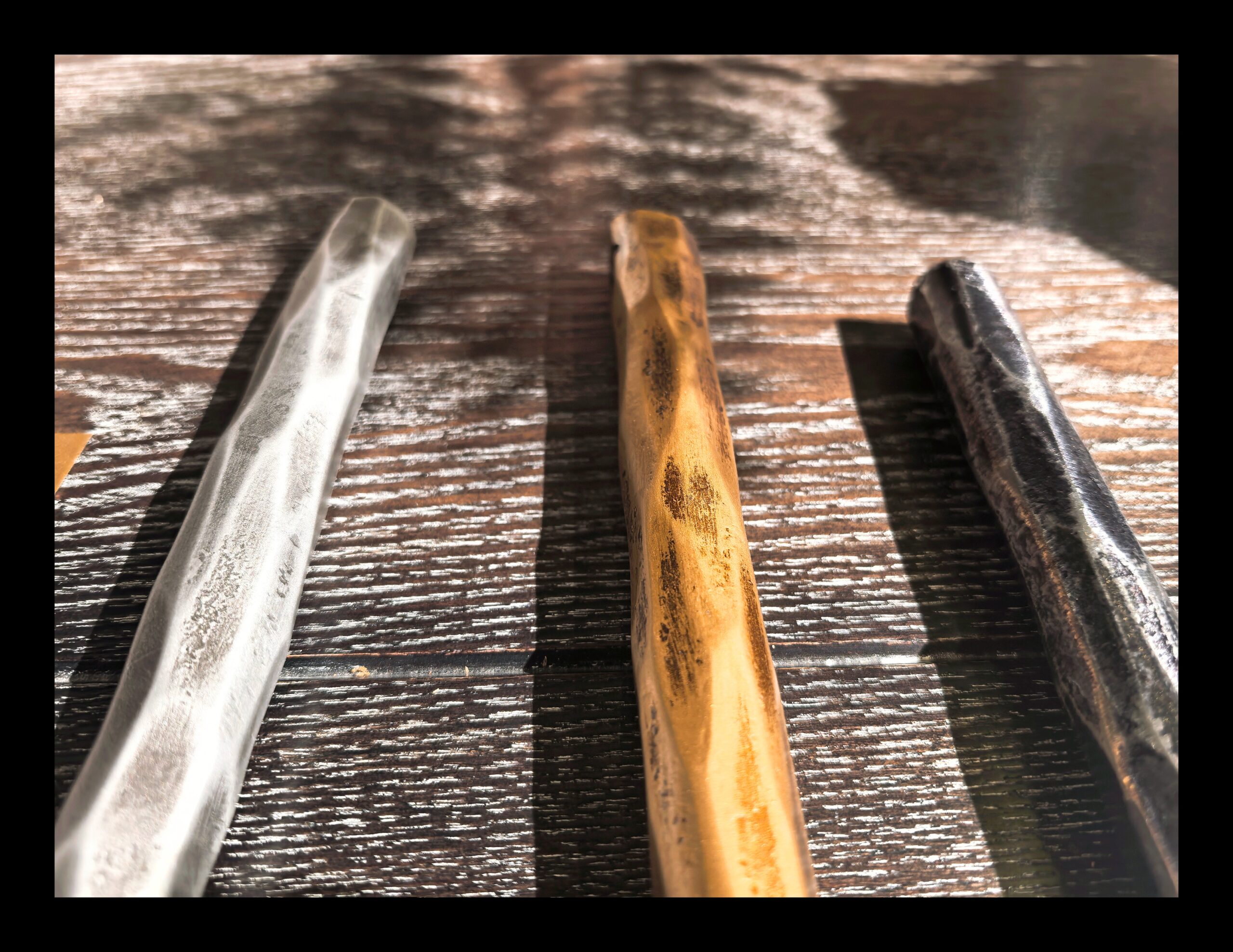Handcrafted Leather Sofas and Lounge Chairs: More Than Just Furniture, They Are Works of Art
Handcrafted leather sofas and lounge chairs are not merely pieces of furniture; they are artistic expressions of lifestyle and comfort. Whether placed in a living room, study, or bedroom, these pieces elevate the ambiance of any space while providing warmth and comfort. Today, we’ll delve into the unique qualities of handcrafted leather sofas and lounge chairs to understand why they are so cherished by furniture enthusiasts.
1. The Unique Charm of Handcrafted Leather Sofas
a. Material: Selection of High-Quality Leather
Handcrafted leather sofas typically use high-grade natural leather, including Italian vegetable-tanned leather, Napa leather, and more. These leathers offer a soft yet durable feel that, over time, develops a unique patina, a natural beauty that artificial leather cannot replicate. The organic textures and tones make each leather sofa a one-of-a-kind work of art.
b. Exquisite Craftsmanship
Crafting a high-quality leather sofa can take days or even weeks, with every stage refined with precision. Artisans carefully cut, sew, and polish each piece to ensure the leather perfectly aligns with the sofa frame, achieving smooth lines and tight fits. The handcrafted sofa exudes an air of sophistication and provides an unparalleled tactile experience.
c. Sustainability and Environmental Value
Unlike mass-produced sofas, handcrafted leather sofas prioritize sustainable materials. Many artisans use eco-friendly methods such as vegetable tanning and natural materials to treat the leather, reducing environmental impact. Additionally, due to their durability, these sofas can last for many years—even decades—minimizing the need for replacements and contributing to a more eco-friendly lifestyle.
2. Lounge Chairs: The Soulful Accent in Any Space
a. Multifunctional and Comfortable
Lounge chairs are often seen as the “spice” in home decor. They are versatile, suitable for living rooms, bedrooms, balconies, studies, or even offices. Designed with comfort in mind, these chairs use ergonomic curves and soft cushioning to provide optimal support, making them ideal for reading, relaxing, or even napping.
b. Variety in Materials
Handcrafted leather lounge chairs often feature the same premium leather as leather sofas but may also incorporate other materials like metal and solid wood. For example, leather and metal create an industrial look, while leather and wood evoke a vintage charm. Each combination offers a unique visual appeal.
c. Personalized Customization
Handcrafted leather lounge chairs can often be customized, allowing customers to choose the leather type, color, stitching, and size based on their preferences. This flexibility in design makes each chair a personalized addition to any home decor style.
3. Caring for Your Handcrafted Leather Sofa and Lounge Chair
Proper care is essential for maintaining handcrafted leather furniture, extending its life and keeping it in top condition. Here are a few care tips:
- Avoid Direct Sunlight: Prolonged exposure to sunlight can cause the leather to fade and dry out. Place leather sofas and chairs in shaded areas or use curtains to filter strong light.
- Regular Cleaning: Wipe down with a clean, soft cloth weekly to remove dust. Monthly, use a leather conditioner to keep the leather moisturized and prevent cracking.
- Prevent Liquid Absorption: If a spill occurs, wipe it immediately with a dry cloth to prevent liquid from seeping into the leather and causing irreversible damage.
- Periodic Restoration: For sofas used over many years, consider hiring a professional leather care specialist for cleaning and restoration to keep the piece looking new.
4. Tips for Selecting a Handcrafted Leather Sofa or Lounge Chair
Here are some recommendations when purchasing a handcrafted leather sofa or lounge chair:
- Choose Quality Leather: High-quality natural leather may be more expensive, but it offers superior durability and comfort compared to synthetic options. When budget allows, opt for premium genuine leather.
- Inspect the Craftsmanship: Check for even stitching, a smooth leather surface, and no visible flaws. These details reflect the quality of the craftsmanship.
- Try It Out: Comfort is essential. Test the piece in person to feel the firmness of the cushion and the support of the backrest, ensuring it meets your comfort needs.
- Understand After-Sales Service: When purchasing, inquire about the store’s after-sales services, especially warranties and maintenance options for leather furniture, for added peace of mind in long-term use.
Conclusion
The true value of handcrafted leather sofas and lounge chairs lies in their exquisite craftsmanship and unique materials. They are not only pieces of furniture but also a lifestyle choice that brings beauty and comfort to everyday life. We hope this article helps you appreciate the charm of handcrafted leather sofas and lounge chairs, offering practical advice for selecting and caring for these exceptional pieces.




